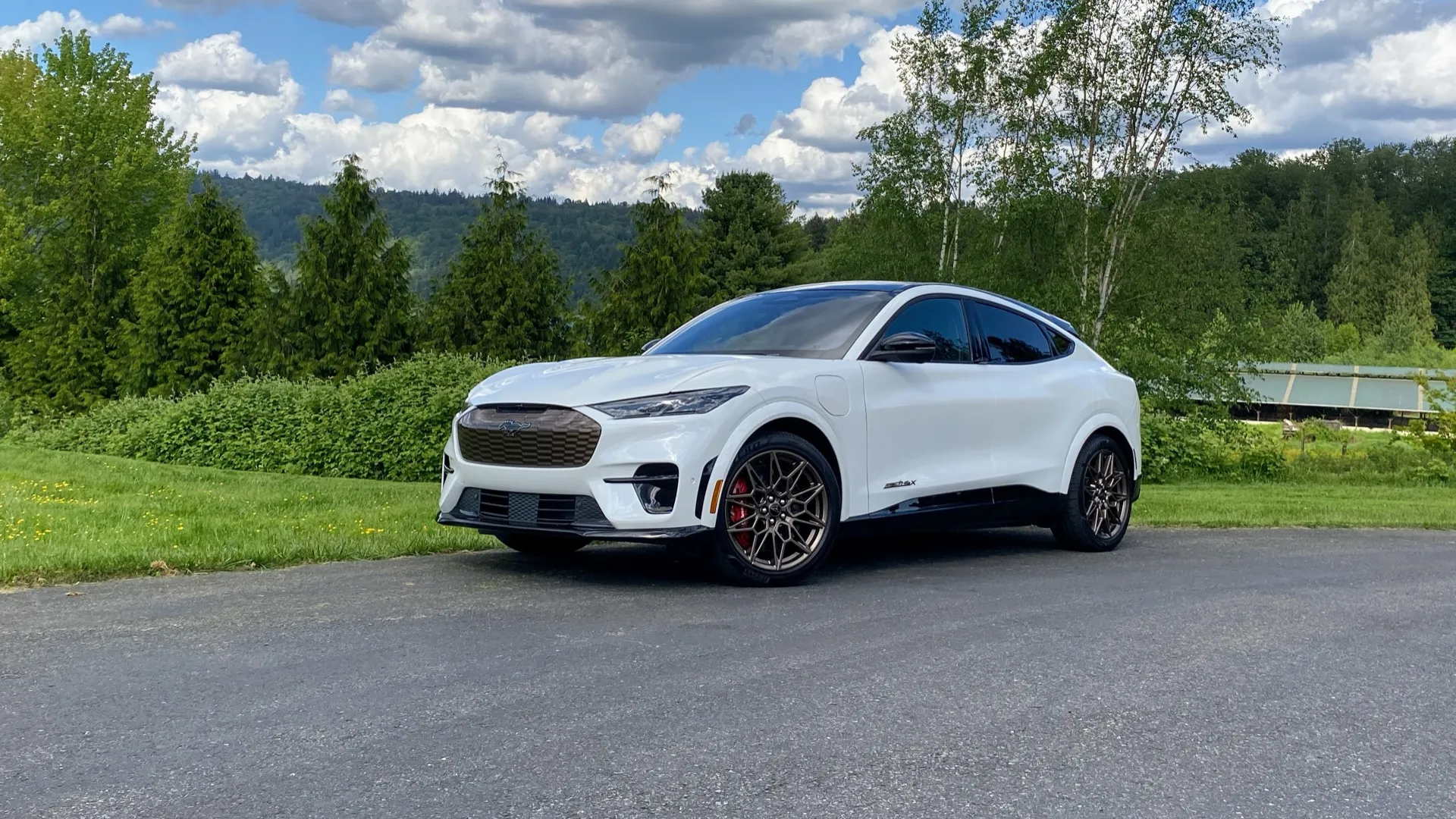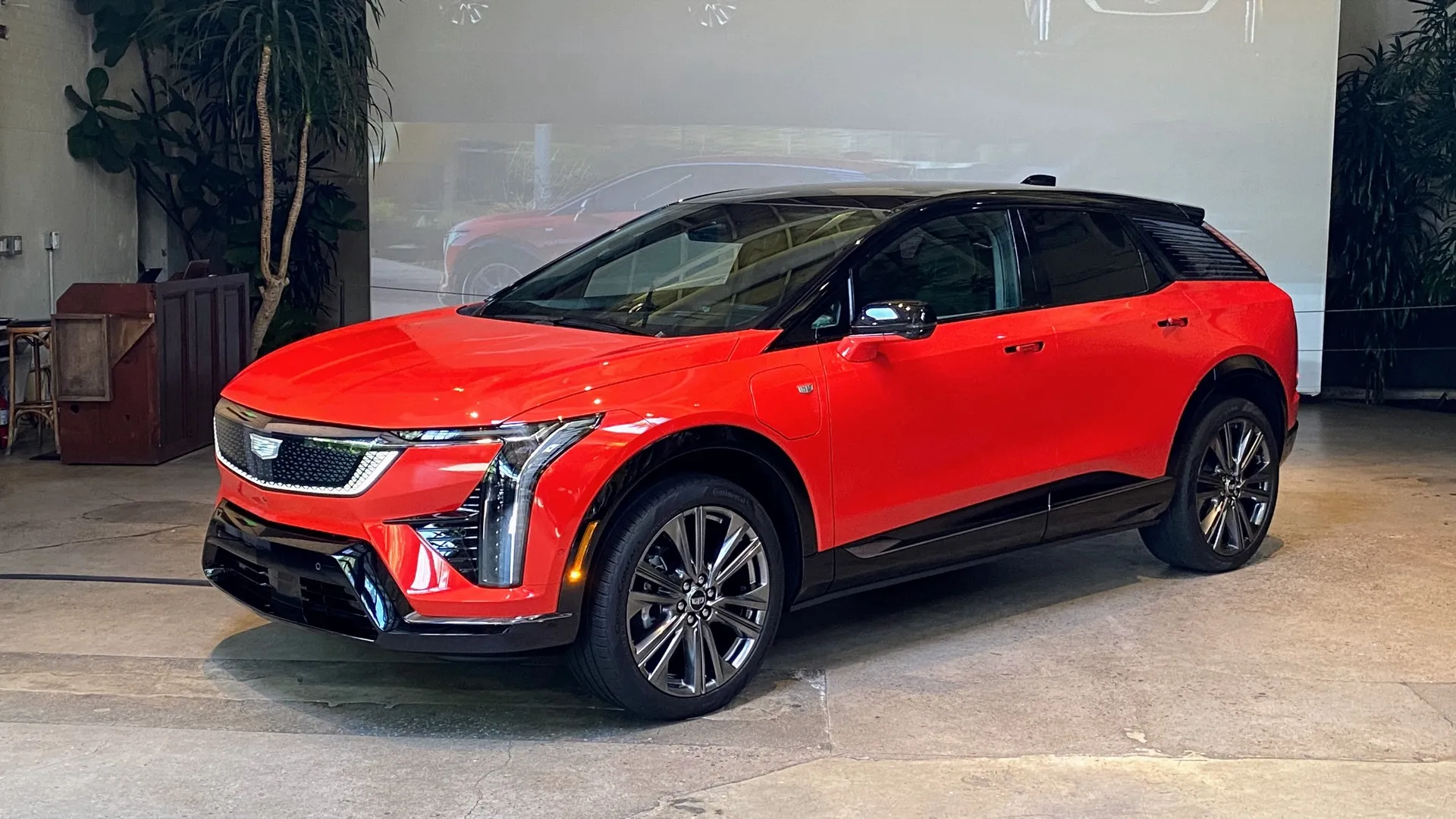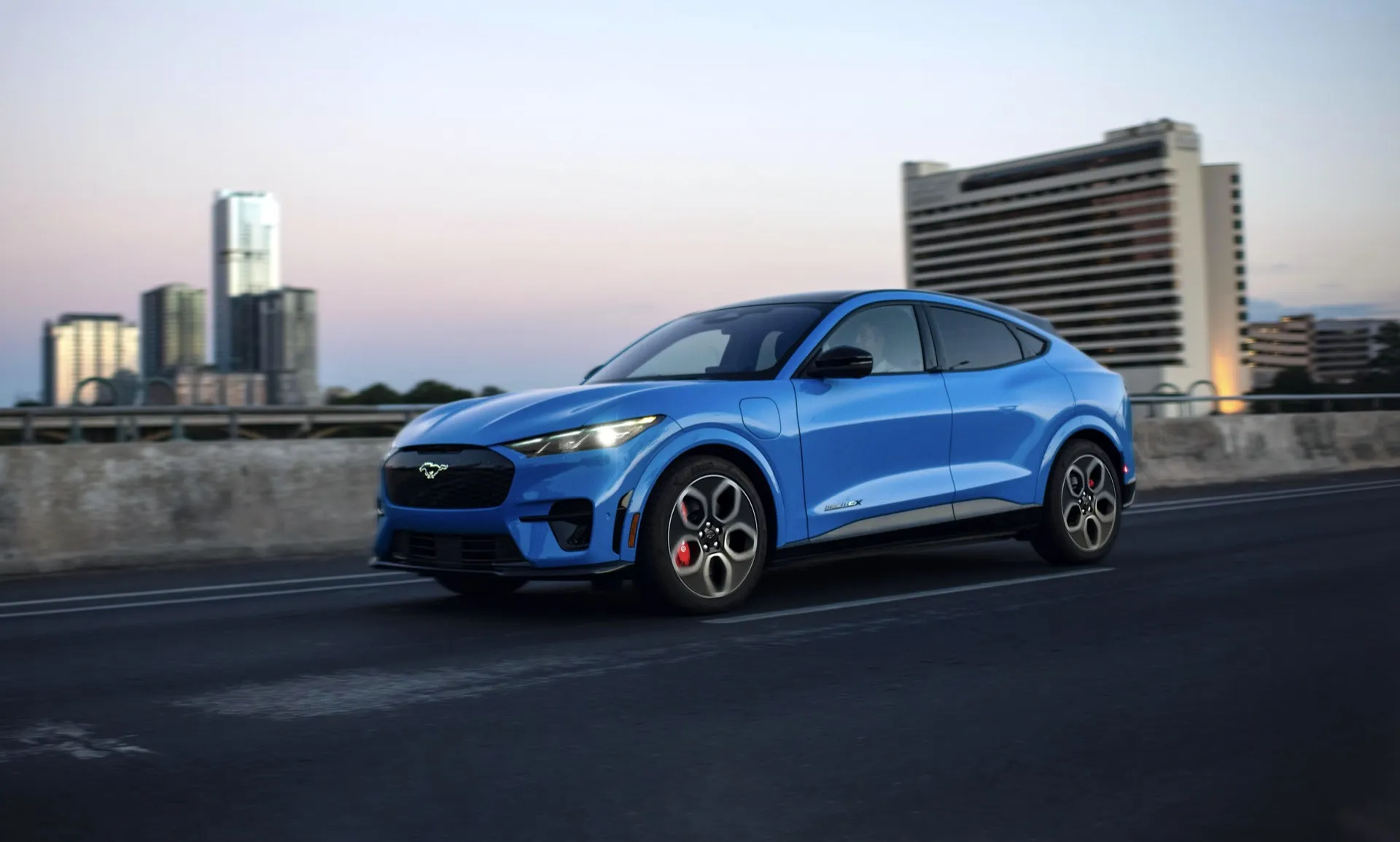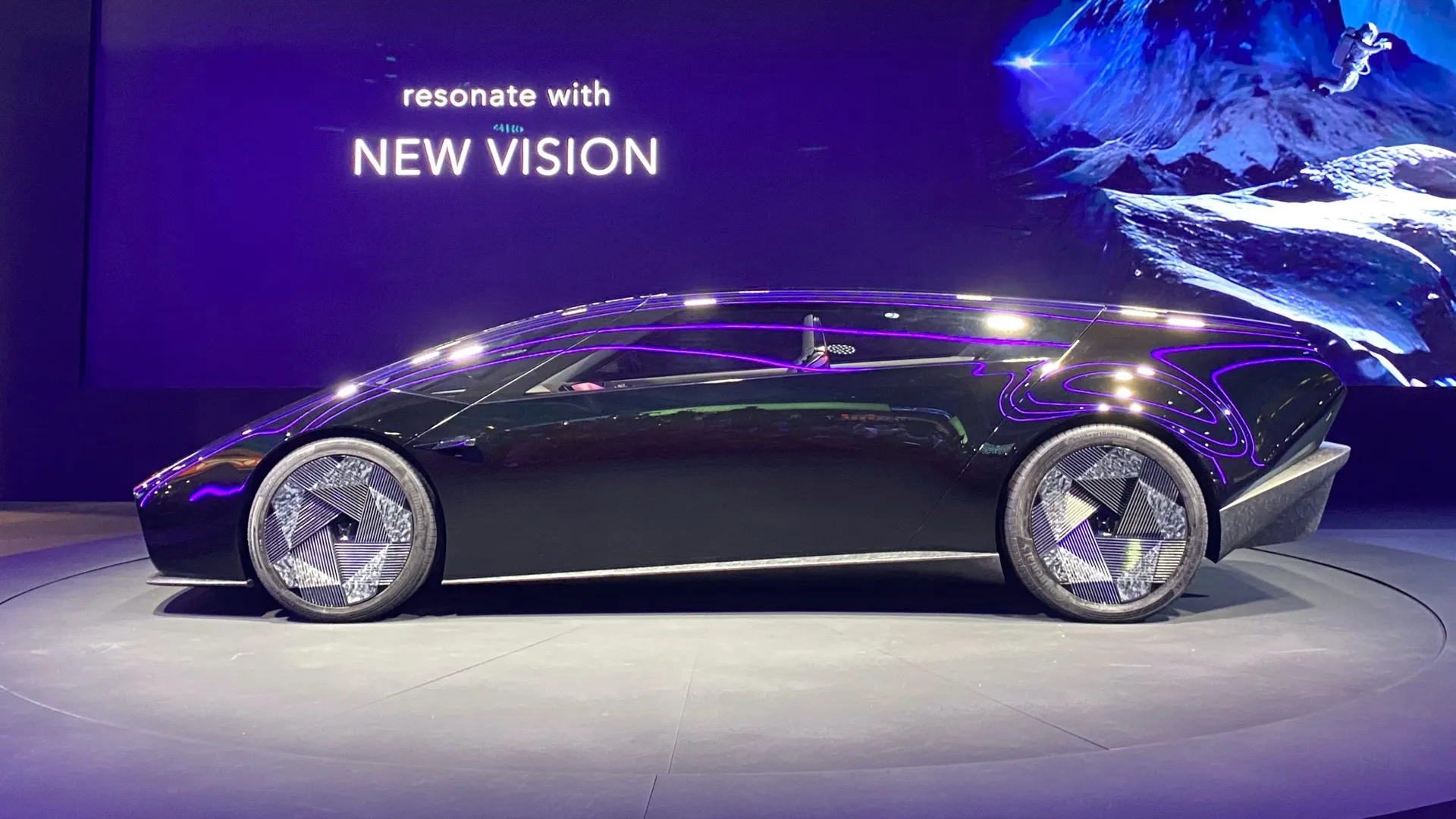2024 Chevy Silverado EV RST comes for civilians

The 2024 Chevrolet Silverado EV full-size electric pickup truck in Work Truck specification was first delivered to fleet buyers almost a year ago, but private individuals can only now take it home.
The first version to go on sale is the top-of-the-line 2024 Chevy Silverado EV RST First Edition. We had the opportunity to drive for several hours through the largely flat areas around Detroit, covering nearly 100 miles in a black example priced just under $100,000.
Chevrolet officials declined to discuss specifications of trims lower in the lineup than the RST. The RST offers numerous features not found on the base Work Truck, including an air suspension that raises or lowers the truck a few inches, rear-wheel steering, a full-length glass roof, 24-inch alloy wheels, optional Super Cruise hands-free cruise control and multiple drive modes.
Range and efficiency of the Silverado EV
A key selling point for the Silverado EV line is an EPA-rated combined range of up to 450 miles of its capacity of around 205 kWh (the RST First Edition’s range is estimated at 440 miles). That’s more than any other electric truck on the market and should reassure buyers who can afford one that they won’t unexpectedly run out of range.
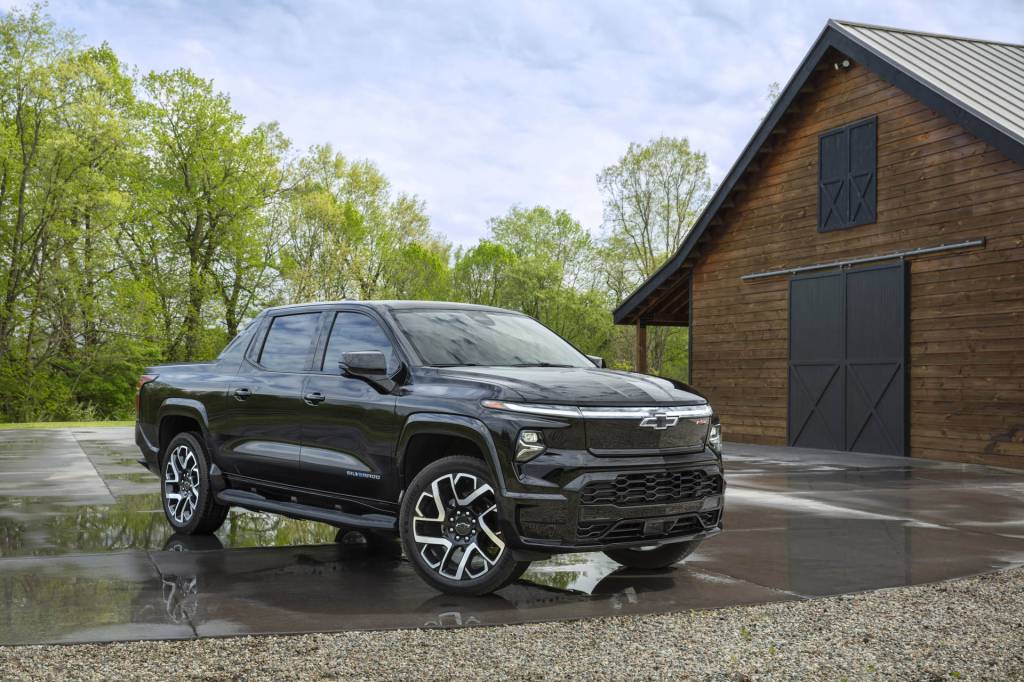
Chevrolet Silverado EV (2024)
Our driving route took us through rural Michigan roads and fast-moving interstate traffic at speeds of up to 80 mph. Over 100 miles of mixed traffic, we saw efficiency of 2.0 to 2.2 miles per kilowatt-hour, roughly the same as Green Car Reports found in a week-long test of a Ford F-150 Lightning. This suggests that the Silverado EV, with its longer rated range and weight of more than four tons, may be slightly more efficient than its rival across town.
Bidirectional charging as an emergency power supply for the home is also planned.
Chevy lists the payload capacity at 1,500 pounds. The rated towing capacity of the Silverado EV we tested is 10,000 pounds, and Chevy provided both an electric motorboat on a trailer and an enclosed car trailer for test towing.
No figures were given on the efficiency loss caused by towing, but Google’s onboard navigation takes towing into account and adjusts range and charging stops accordingly. Super Cruise also works when towing,
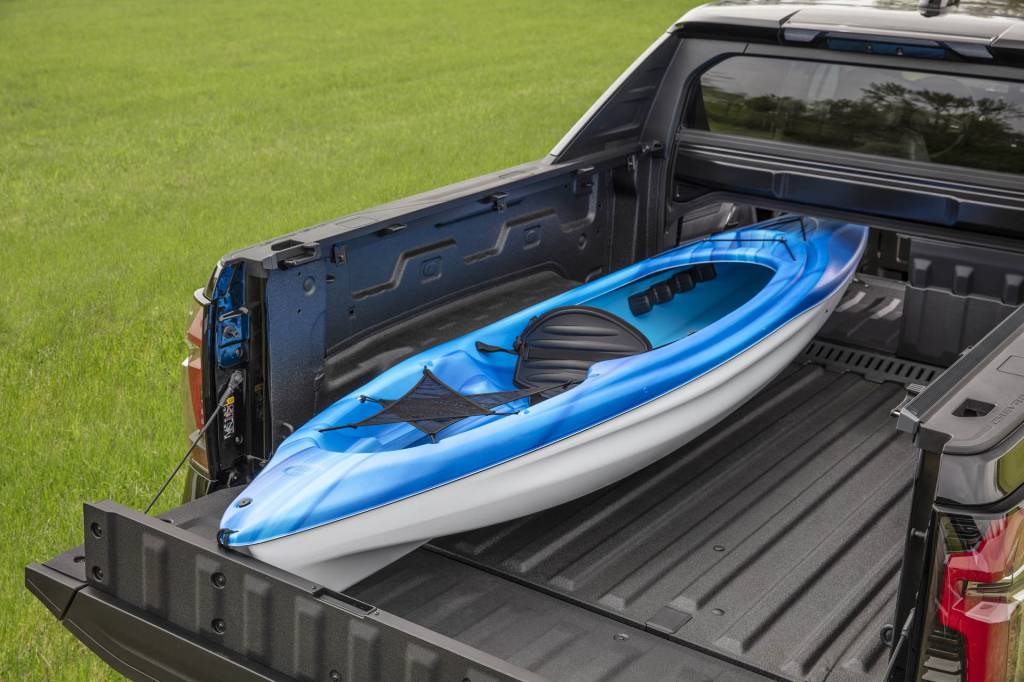
Chevrolet Silverado EV (2024)
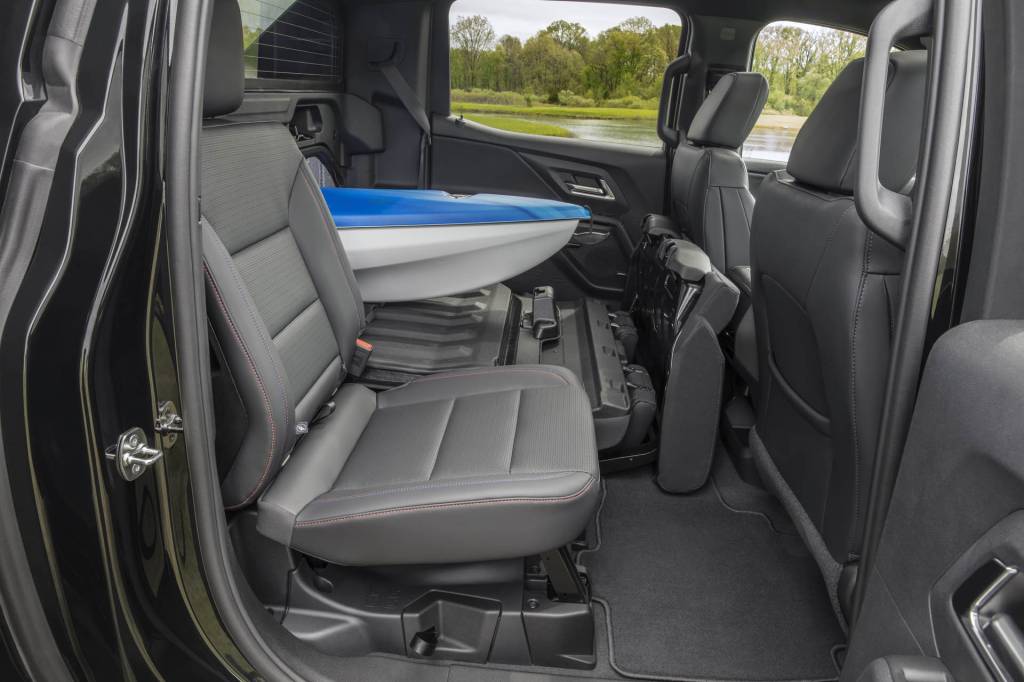
Chevrolet Silverado EV (2024)
Chevrolet Avalanche Redux, now electric
The first electric Silverado pickup has little in common with its gasoline and diesel namesakes other than the name. It is lower and sleeker than the ICE models and has a design that is fundamentally new if you ignore the degree of commonality with the GMC Hummer EV, the upcoming Cadillac Escalade IQ and other models. The front end is scaled down, with slim LED headlights and a cover panel that signals “grille,” a four-door cab and a cargo bed integrated into the cab.
The Silverado EV is actually the electric reincarnation of the 2002-2013 Chevrolet Avalanche, an early four-door sport truck with the same integrated bed. Even the sail panels that connect the roof to the bed’s sides are similar—as is the center hatch that opens and folds down to extend the bed and allow cargo to be carried from behind the front seats to the tailgate. (Chevy executives, however, always look with suspicion at suggestions that their new electric truck could have been called the “EValanche”… oh well.)
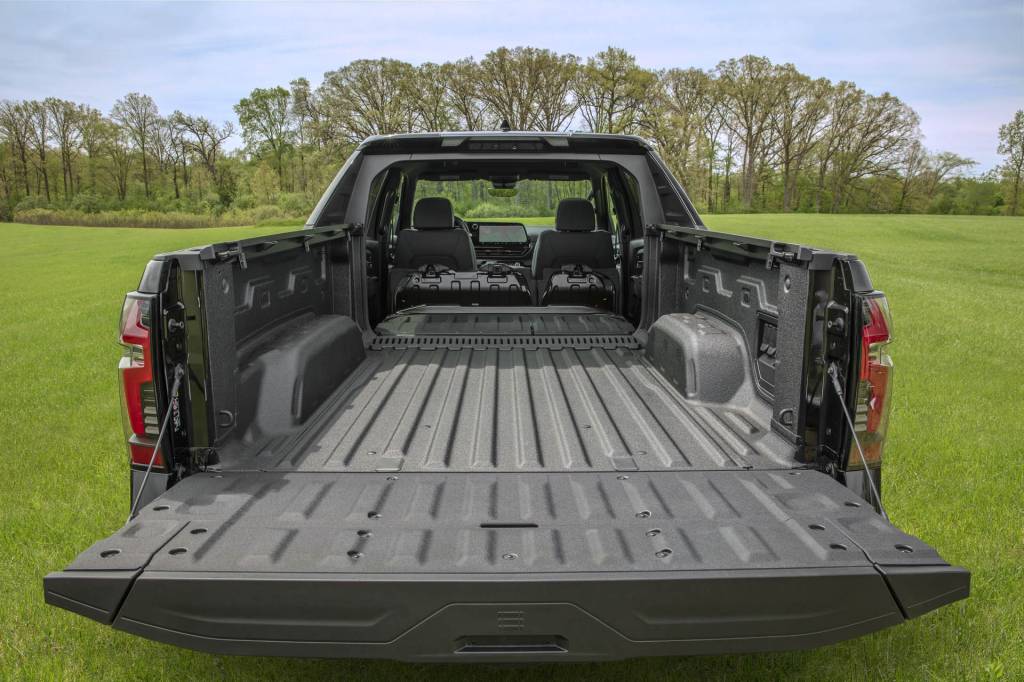
Chevrolet Silverado EV (2024)
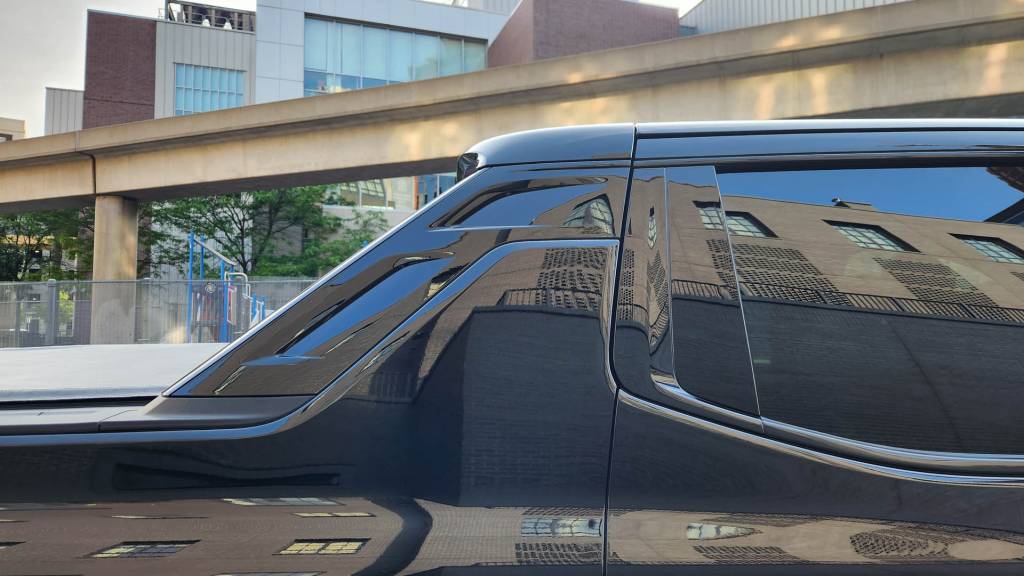
Chevrolet Silverado EV (2024)
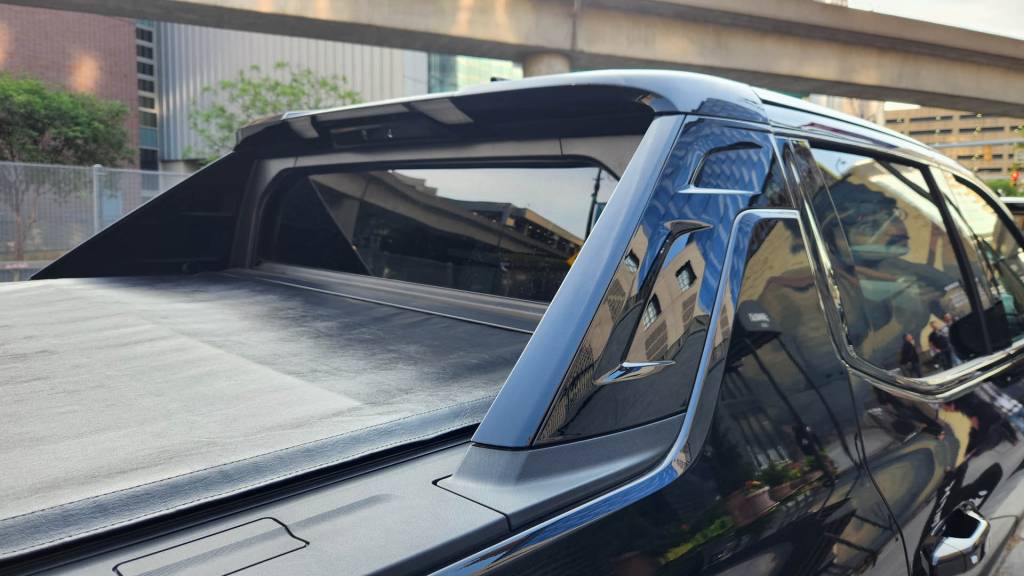
Chevrolet Silverado EV (2024)
The downside of the Neo-Avalanche design is that Silverado EV Work Trucks cannot use the same special “upfit” accessories as the gasoline versions – tool boxes, industry-specific bed covers, etc. This distinguishes the Silverado EV from the Ford F-150 Lightningfor which it is a selling point.
Inside, soft-touch materials are combined where you feel them most, with hard plastics with fine dot patterns on dashboard surfaces and other surfaces. The top models we drove had contrast stitching and seat upholstery that indicated they were the “First Edition” versions.
Silverado EV Performance: Fast, Heavy
On the road, the Silverado EV’s power is enough to keep up with traffic in normal drive mode, and floor the accelerator and you get acceleration that allows this big and heavy truck to slip into gaps, overtake at will, and generally move through traffic as quickly as you want.
On the RST First Edition version’s 24-inch wheels, it corners well, with the air suspension keeping it flat. This, and a low-mounted battery pack under the cabin floor, help it lean less in each turn than a similar full-size internal combustion pickup. Attentive drivers will notice, however, that the 24-inch tires carry a lot of weight. Rear-wheel steering makes the truck feel much more maneuverable than expected, and its 42-foot turning circle practically allows for a U-turn on a two-lane road with wide shoulders.
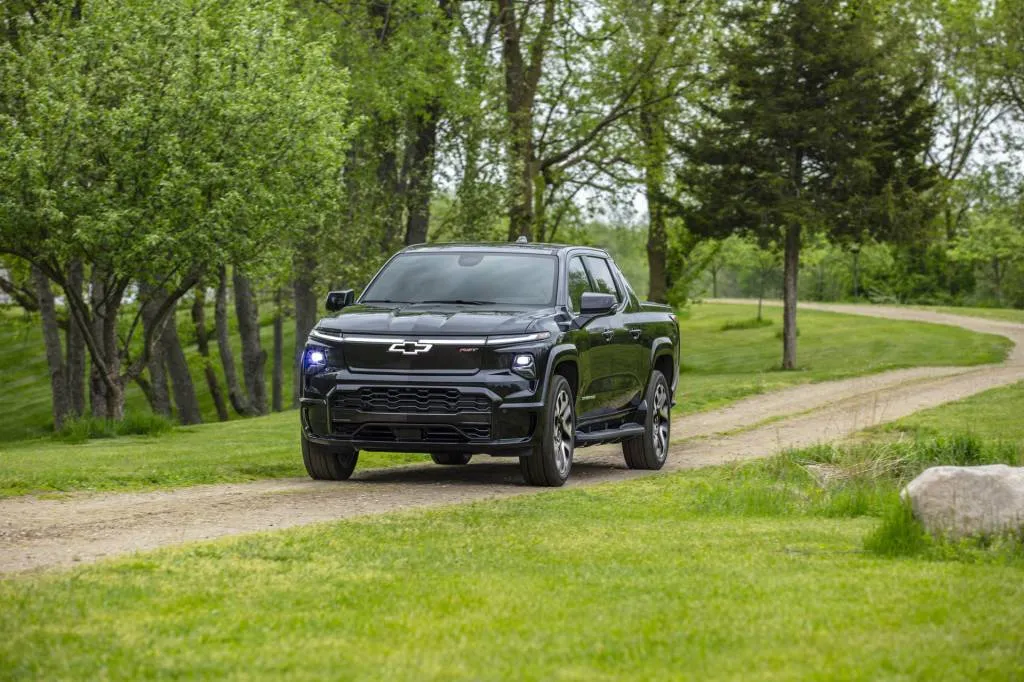
Chevrolet Silverado EV (2024)
Chevrolet declined to provide power or torque figures for normal use. The only figures given were up to 754 horsepower and 785 pound-feet of torque when the driver deliberately invokes Wide Open Watts (WOW) mode, which is analogous to the GMC Hummer EV’s “Watts To Freedom” (WTF) mode, with which the electric Silverado shares many of its underpinnings.
We tested WOW mode on some standstill acceleration runs, and the claimed 0-60 mph time of 4.5 seconds seems entirely reasonable. Hard braking was equally impressive; the anti-lock brakes brought the 8,500-pound truck to a stop in a slightly shorter distance than expected. We found the Silverado EV RST First Edition model to be smooth and quiet on most road surfaces, though as with most electric vehicles, road and wind noise are amplified by the lack of drivetrain noise or vibration.
Silverado EV is smooth, quiet, spacious
As we used the fixed running boards to enter the cabin, the first thing we noticed was the wide console between the seats – now common in large pickups – as well as the large horizontal instrument cluster and central touchscreen. The front seats are comfortable and highly adjustable, and large outside mirrors offer a wide field of view to the rear. The rearview mirror offers both a conventional and video rear view, and the center rear seat headrest folds down to reveal the rear view for mirror viewing.
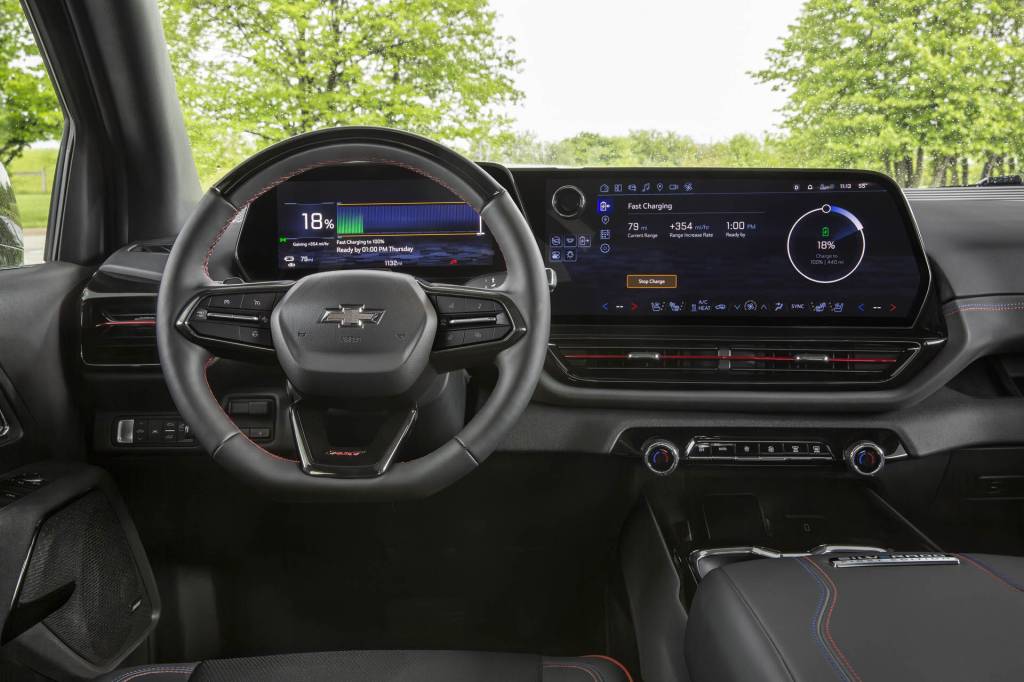
Chevrolet Silverado EV (2024)
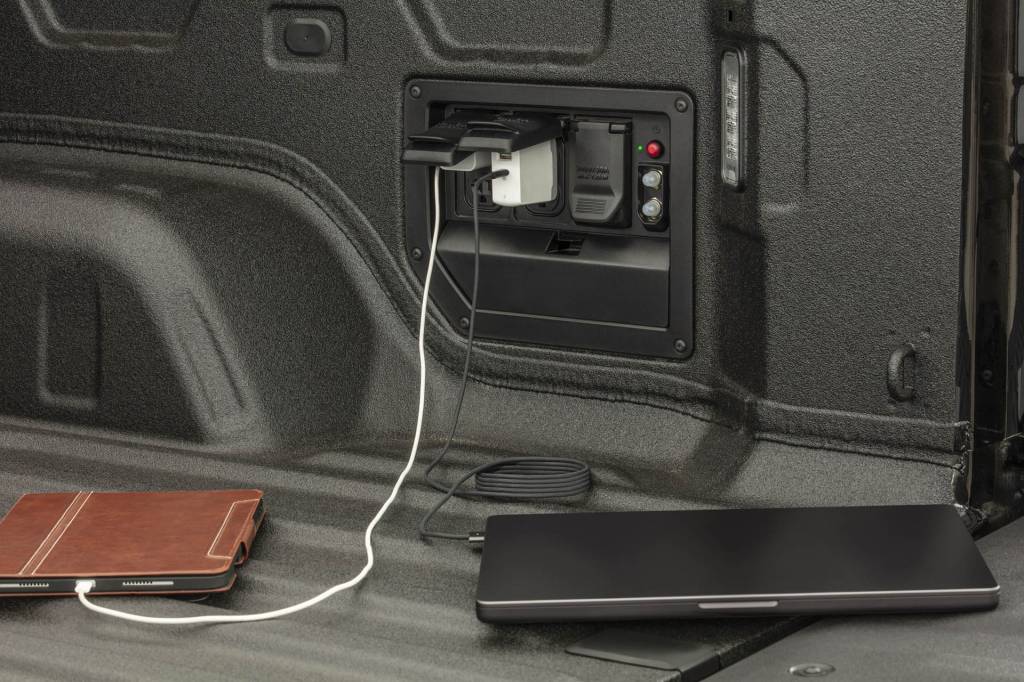
Chevrolet Silverado EV (2024)

Chevrolet Silverado EV (2024)
The rear cabin floor is flat, making this one of the few vehicles that can comfortably accommodate three US-sized adults in the back seat. Visibility to the rear and sides is good, but raising the driver’s seat as high as possible gives the best view over the relatively high, steep hood. Build quality on our RST First Edition test truck seemed excellent.
A front trunk offers 10.7 cubic feet of lockable storage. A static display compared the Silverado EV’s cargo length (up to 10 feet 10 inches) in the bed (with the center hatch open and the Multi-Flex tailgate down, cargo snag up) to that of its electric pickup competitors: Tesla CybertruckFord F-150 Lightning and RivianR1T. No surprise, the Chevy won.
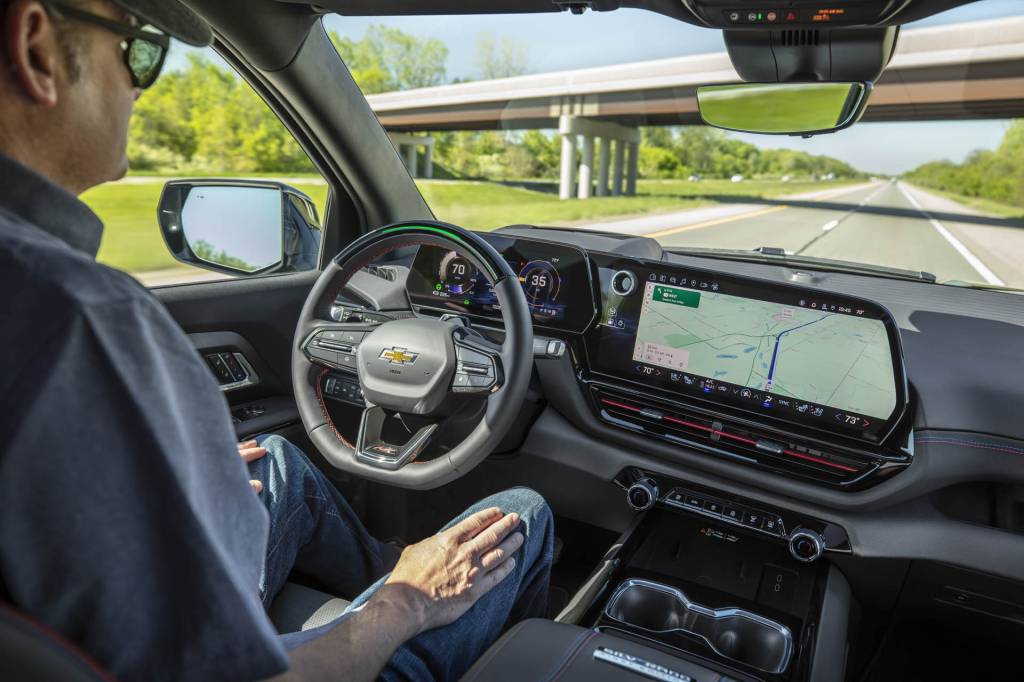
Chevrolet Silverado EV (2024)
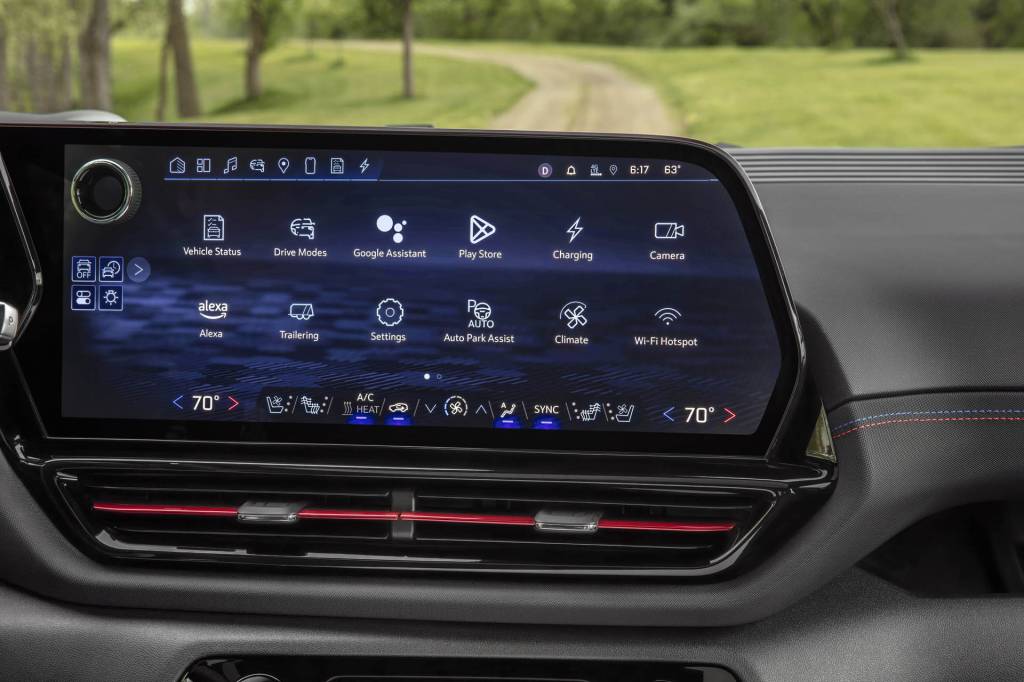
Chevrolet Silverado EV (2024)
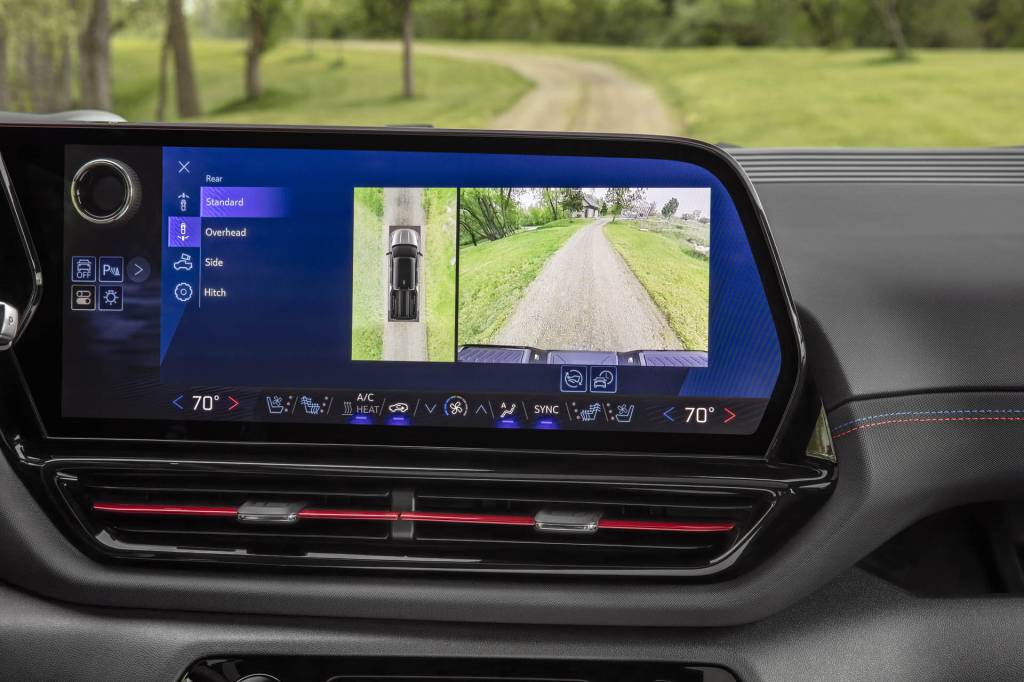
Chevrolet Silverado EV (2024)
GM and Google take control of the Silverado EV dashboard
Like Chevrolet’s latest new electric vehicles, including the Chevrolet Blazer EV And Chevrolet Equinox EVThe Silverado EV does not have the expected smartphone mirroring with Android Auto and Apple CarPlay.
GM officials pointed out that another major electric vehicle manufacturer has never offered these features in its vehicles – without even mentioning the word Tesla.
Google Assistant offers Google Maps navigation that takes into account the truck’s battery level, directing the truck to fast-charging stations when the truck’s range is too high, and telling drivers how long they’ll be there and how much battery charge will be left at their next stop. In other words, just like Tesla has been doing for over 10 years.
Buyers will need to check carefully to see if their favorite apps have been approved by Google and GM for download through the vehicle’s Play Store. The only other route planning app we saw was Waze, but that isn’t built into the battery. For electric vehicle charging stations, Plugshare was (also) included – but not A Better Routeplanner or Chargeway.
Users must log into these in-dash apps through the vehicle to use them. GM officials specifically couldn’t say who owns the data about drivers’ app usage, routes, destinations, song selections and everything else. GM has said it expects to make significant revenue from the digital services provided by the car, but navigation in the Silverado EV will be free for 8 years — maybe even longer. GM officials couldn’t say whether the free access will continue beyond that or what it might cost after the free trial ends.
Chevrolet provided airfare, lodging and meals so Green Car Reports could bring you this first-hand driving report.

